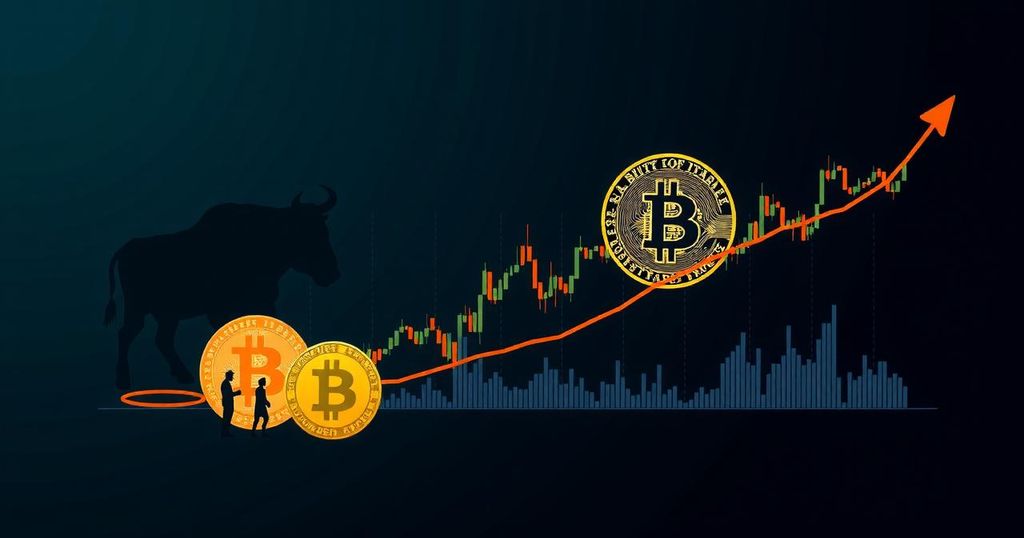Bitcoin’s Current Market Stability: An Analysis of Bullish Trends and Future Prospects
Bitcoin (BTC) has been experiencing a period of stability, currently priced at $63,646.04, reflecting a modest increase of 0.93%. While the current price point seems stagnant, this situation is not unexpected given recent market behaviors. On August 23, Bitcoin witnessed a significant upward movement, which subsequently led to a consolidation phase that has persisted until the present moment. This pattern mirrors a similar occurrence following the price stabilization seen on August 8, suggesting a recurring trend of lateral price action prior to upward surges.
Currently, Bitcoin is supported at the $63,000 threshold. The breakout observed on August 23 elevated the cryptocurrency beyond a tight trading range, validating the prior bullish momentum seen in August. The high trading volume accompanying this bullish phase suggests potential for further upward movement in the short to medium term.
Any breakout beyond the August 23 peak and $65,000 could pave the way for subsequent price increases, potentially targeting $72,000, levels previously noted in June and July. Market sentiment remains favorable among traders, driven by various fundamental and technical indicators.
Significantly, short-term holders (STH) are currently in a favorable position, as noted by analysts who highlight on-chain data indicating that Bitcoin prices have climbed back above the moving average. This development indicates a robust presence of bullish sentiment in the market. Furthermore, it implies that investors who acquired Bitcoin within the last 155 days are witnessing positive returns. This profitability increases the likelihood that these holders will opt to retain rather than liquidate their investments.
Amidst this bullish sentiment, Bitcoin continues to solidify its market dominance, reporting a market share of 56.1%, an increase from approximately 55% in recent days. This dominance suggests that capital is predominantly flowing into Bitcoin rather than alternative cryptocurrencies, indicating a challenging environment for altcoins until a broader recovery in the crypto market occurs.
Looking ahead, confidence is bolstered by the expectation that Bitcoin will experience growth towards the end of Q3 and into Q4 2024. Moreover, as macroeconomic conditions evolve, including anticipated interest rate reductions by the United States Federal Reserve, individuals may increasingly turn to Bitcoin as a hedge against inflation. History suggests a positive correlation between such monetary policies and Bitcoin price surges, as witnessed in the significant price escalation from under $10,000 to nearly $60,000 between 2020 and late 2021.
In conclusion, the current state of Bitcoin showcases a complex interplay of market dynamics, with optimism prevailing among traders. As investors navigate this landscape, the role of Bitcoin as both a digital asset and a hedge against inflation continues to garner attention and may dictate future price trajectories.








Post Comment